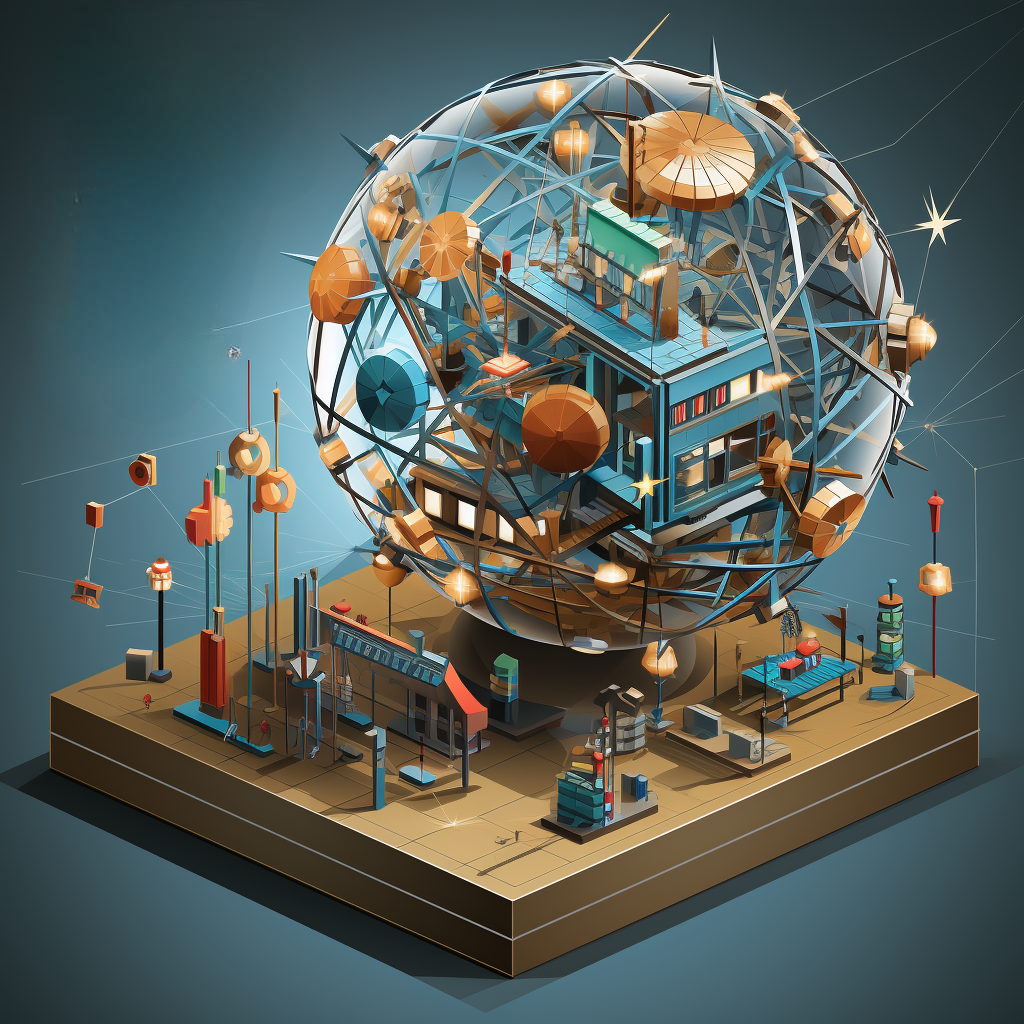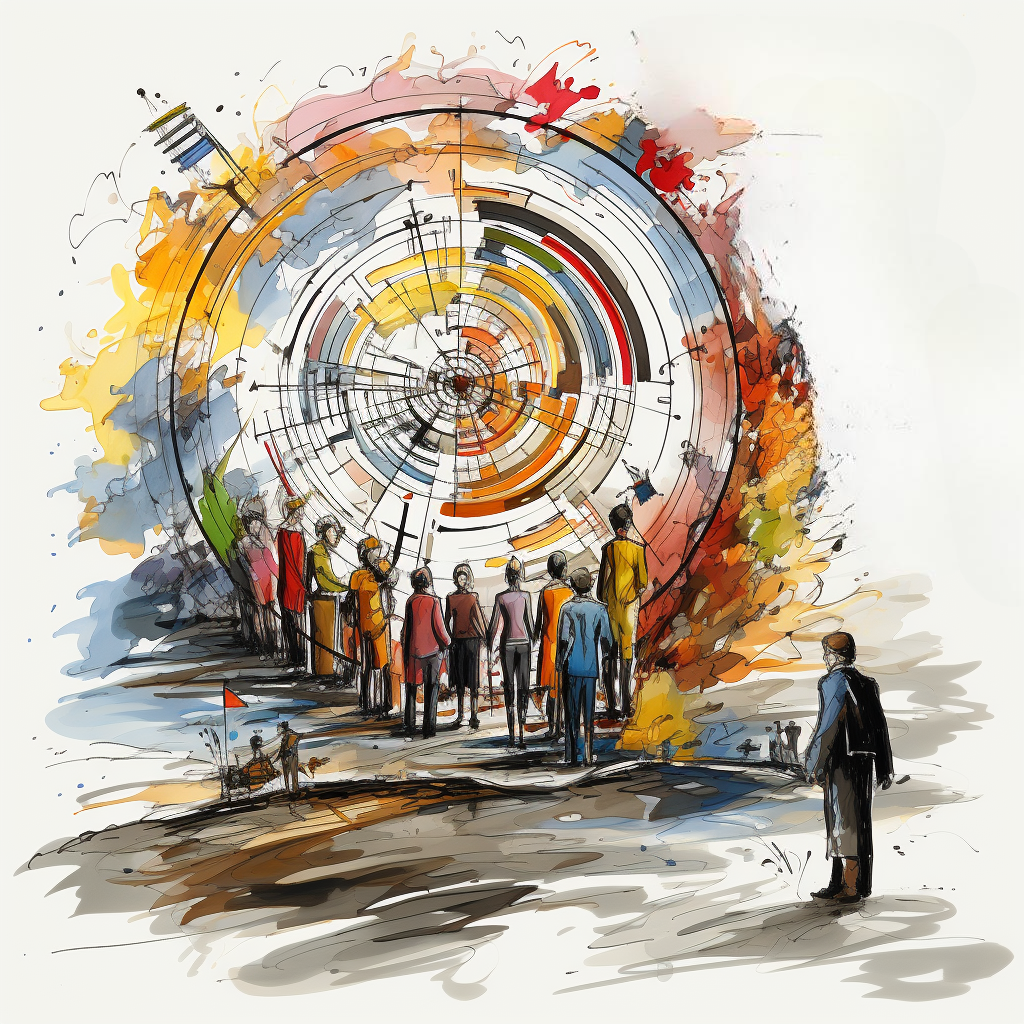The Model Thinker by Scott E. Page offers a comprehensive overview of diverse modeling techniques that can be utilized to understand, analyze, and solve complex problems. This summary captures the essential concepts, introduces the wide range of models presented, and highlights the main takeaways for those seeking to apply these techniques in various fields.
Introduction: Why One Model is Never Enough
In today’s complex world, relying on one model or perspective to solve a problem or make decisions can lead to significant errors or oversights. Scott E. Page argues that to effectively tackle the multifaceted challenges of the modern era, one needs a diverse toolkit of models. By becoming a “model thinker,” one can harness the power of multiple perspectives and, in turn, make better decisions, innovate more effectively, and understand the intricate nuances of the world.
1. Linear Models
- Key Takeaway: Linear models assume that the world operates in a straightforward and predictable manner. For instance, if A leads to B, and you increase A, B will increase proportionally. They’re simple but can sometimes oversimplify complex realities.
2. The Random Walk Model
- Key Takeaway: Sometimes, systems or processes might seem random but still exhibit a discernible pattern over time. Stock prices, for example, can be thought of as following a random walk. Recognizing this pattern can provide valuable insights.
3. Markov Processes
- Key Takeaway: Markov processes state that future states depend only on the current state and not on the sequence of states that preceded it. They can be crucial for understanding memoryless processes and making predictions in situations where history doesn’t matter.
4. Entropy and Information
- Key Takeaway: Entropy measures uncertainty. By understanding the concept of entropy, one can grasp the amount of unpredictability or randomness in a system. This is pivotal in fields like information theory.
5. Normal Distributions
- Key Takeaway: Many phenomena, from human heights to exam scores, follow a bell curve or normal distribution. Knowing this can help predict probabilities and outcomes.
6. Power Laws
- Key Takeaway: Some distributions, especially in networks, follow power laws where a few items (like websites or words) dominate. Recognizing power laws can help in understanding phenomena like viral content or market monopolies.
7. Economic Models of People
- Key Takeaway: Humans are not always rational agents. By accounting for factors like bounded rationality, behavioral biases, and incentives, one can predict human behavior more accurately.
8. Game Theory
- Key Takeaway: Game theory models strategic interactions between players. By anticipating how others might act and react, one can make more informed choices in competitive scenarios.
9. Mechanism Design
- Key Takeaway: While game theory predicts outcomes, mechanism design helps in structuring scenarios to achieve desired outcomes. It’s like reverse engineering a game for a particular result.
10. Systems Dynamics
- Key Takeaway: Systems are interconnected and changes in one part can affect the whole. Feedback loops, both positive and negative, can amplify or stabilize these changes.
11. Networks
- Key Takeaway: In network models, connections matter. Whether it’s social networks or the internet, the structure and pattern of connections can dictate behavior, spread, and resilience.
12. Queuing, Stock-and-Flow, and Path Dependence
- Key Takeaway: Some systems have inherent delays (queues), reservoirs (stocks), or are influenced by their history (path dependence). Recognizing these characteristics can aid in understanding system behavior over time.
Conclusion: Embracing the Multimodal Approach
The Model Thinker encourages readers to avoid relying solely on one model. In the real world, problems are multifaceted, and by combining multiple models, one can obtain a more holistic and nuanced understanding. By becoming familiar with a diverse set of models, one not only becomes a better problem solver but also a more critical thinker, capable of challenging assumptions and navigating the complexities of the modern world.










